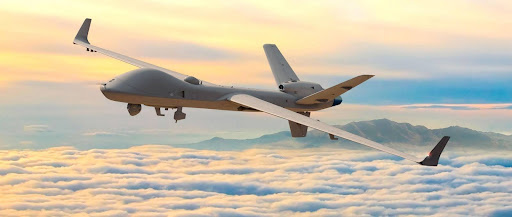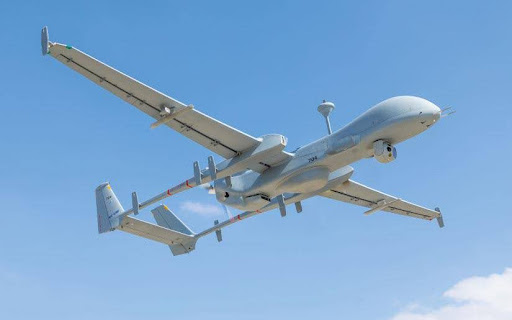By Staff Correspondent
In the grand theatre of modern warfare, the sky is far from being the limit. It is a board upon which nations play a high-stakes game of chess, where the tiniest missteps could lead to checkmate. As modern conflicts promise only to be more technologically driven, a nation’s prowess in the skies is not just about the strength of its aerial fleet but the eyes that guide it.
India, situated in a geopolitically turbulent neighborhood, finds itself in a race against time to bolster its skyward vigilance. The Indian Air Force’s (IAF) quest for enhanced Intelligence, Surveillance, and Reconnaissance (ISR) and Airborne Early Warning and Control (AEW&C) capabilities is not just about keeping pace with its adversaries. Still, it is imperative to maintain its territorial integrity and national security.
As the IAF articulates its doctrine in 2023, it underscores an immutable reality: the skies are now a continuum for modern militaries, integrating ISR, communication, operational networks, and a multitude of other facets essential for a robust defence and swift offence. The IAF’s current repertoire, although formidable, faces the challenge of scale and technological parity, particularly with an adversary that is ascending towards a near-superpower status.

The introduction of unmanned ISR assets, like General Atomics Aeronautical’ s (GA-ASI) MQ-9B Sky Guardian and the Israel Aerospace Industries (IAI) Heron MK II, signifies a change in thinking. The MQ-9B, for instance, offers long-range ISR capabilities, staying airborne for up to 40 hours, while the Heron MK II provides a notable ‘Standoff Capability’, ensuring intelligence gathering from a safe
distance. The induction of these platforms, as part of a broader strategy, amplifies India’s capability to monitor and react to potential threats in real time.
The IAF’s eyes in the sky are not only looking outward but inward as well, overseeing the vast and varied terrain of the Indian subcontinent. During the recent G20 meeting in New Delhi, the deployment of ‘Netra’ AEW&C alongside a range of sensors illustrated a layered approach towards air defence. Yet, with only five Airborne Control Interception (ACI) platforms currently in service,
the IAF finds itself in a numerical crunch against a backdrop of a two-front threat scenario.
One of the critical aspects of this skyward endeavor is the blend of indigenously developed and globally sourced assets. The ambitious INR 11,000 crore AEW&C Mk II project, for instance, reflects a symbiotic Indo-Spanish collaboration, augmenting used Airbus A321s to serve the airborne early warning cause. On the other hand, the DRDO’s continued efforts towards developing UAVs like the Tactical Aerial Platform for Advanced Surveillance (TAPAS) illustrate the indigenization of defence capabilities, albeit with some roadblocks on the way.
The AWACS and AEW&C systems, serving as a force multiplier, embody the crux of modern air battle management. They augment situational awareness, command, and control, enabling a choreographed response to adversarial actions. Yet, these airborne assets, due to their strategic significance, become coveted targets, necessitating a comprehensive protective envelope around them.
The narrative of India’s aerial surveillance and reconnaissance is not just about machinery; it is a tale of strategic foresight, international collaborations, and indigenous innovation. The IAF’s endeavor mirrors a national aspiration to not just defend its sky but to have a bird’s eye view that spots the storm well before the clouds gather on the horizon.

As the wheels of these projects set in motion, the trajectory seems poised for a quantum leap, yet the road ahead is long winding. It demands a vigilant and unyielding march towards technological and strategic advancements. The skies above the subcontinent are buzzing with a blend of opportunities and challenges as the IAF aims to redefine India’s aerospace narrative in a rapidly evolving geostrategic paradigm.


